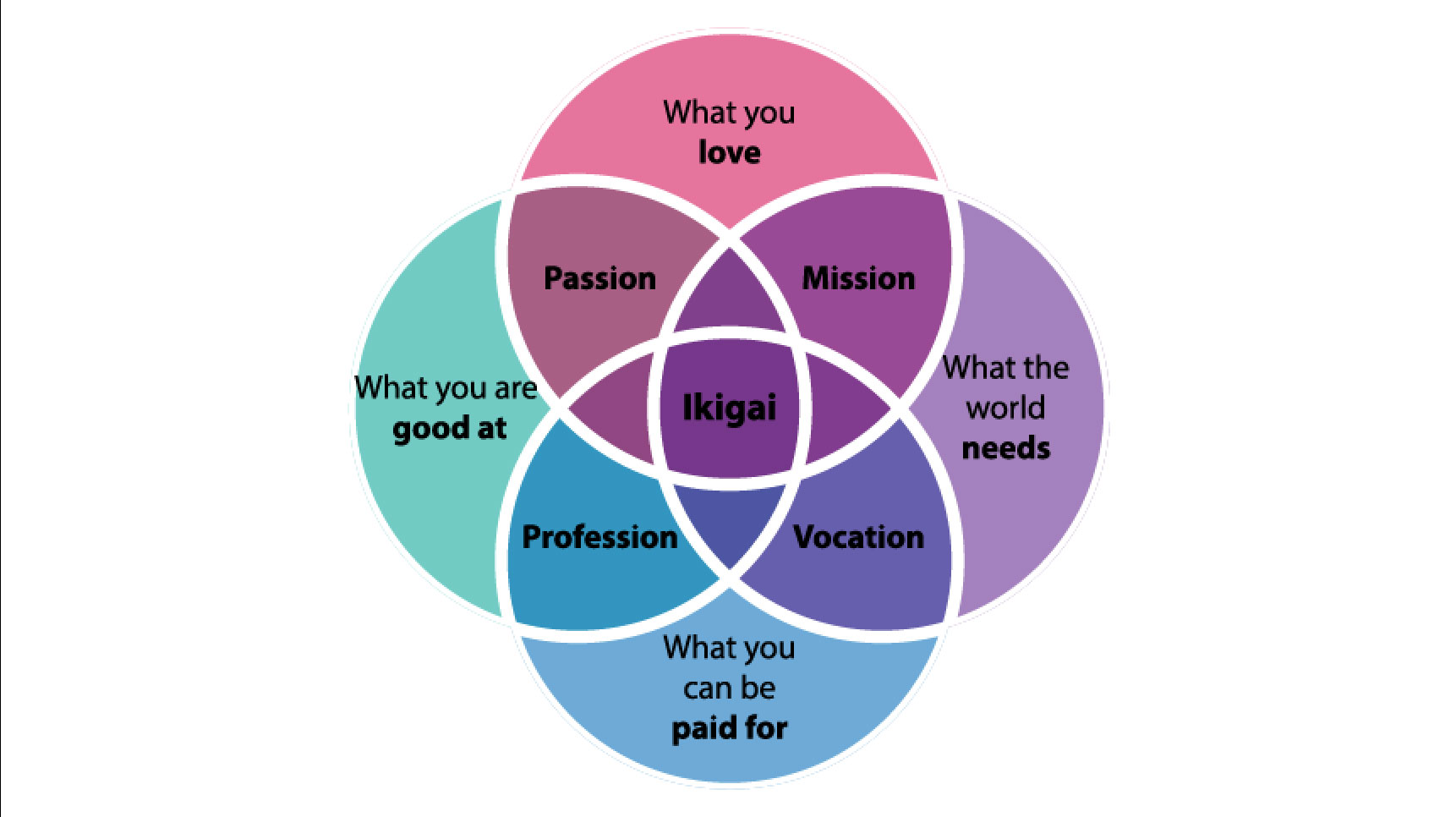We’re all in sales now, writes Dan Pink in To Sell is Human. Pink points out that 1 in 9 workers are in sales, while the rest of us are still “selling” ideas or techniques.
In a study commissioned for the book, Pink found that knowledge workers spend up to 40 percent of their work time selling something. With the continuing growth of the internet and all the innovations it entails, along with the current rise of the entrepreneur, one can only assume that number is going to rise.
One of the most essential skills required to sell something — whether physical products, ideas, or a perspective — is language. To persuade is to use language in a way that conveys to the potential client everything they need to buy in, and does so convincingly.
Anyone can learn to do this, simply by learning the principles of copywriting and spending a lot of time practicing by writing and testing what works with an audience.
Copywriting is the work you see spread through advertisements, websites, press releases, speeches, and all manner of other communication channels that include an element of persuasion.
The copywriters are those that can sell ice to Eskimos, and they do so through the words they use — language is the weapon they wield. These words are not only convincing, trustworthy, and evocative, but they create action, a desire to do something.
We’re all in a position where this skill can be put to good use. You might need to write the material for your website, to post updates on social media, to ask your boss for a raise, to convince a friend to come to your party. Whatever it is, if it involves trying to persuade someone of something, good copywriting skills are a must.
The Art of Copywriting:
David Ogilvy is one of the original mad men, and perhaps the inspiration behind Don Drapers character on the hit TV series by the same name. In 1963, he released Confessions of an Advertising Man, a book that is now required reading in many advertising and marketing classes.
He was also very fond of lists, using them any chance he got. He wrote lists on everything from the five kinds of creatives, to how to know if you’re the greatest creative director on the face of the earth.
One particularly popular list is on how to write:
- Read the Roman-Raphaelson book on writing. Read it three times.
- Write the way you talk. Naturally.
- Use short words, short sentences and short paragraphs.
- Never use jargon words like reconceptualize, demassification, attitudinally, judgementally. They are the hallmarks of a pretentious ass.
- Never write more than two pages on any subject.
- Check your quotations.
- Never send a letter or a memo on the day you write it. Read it aloud the next morning — and then edit it.
- If it is something important, get a colleague to improve it.
- Before you send your letter or your memo, make sure it is crystal clear what you want the recipient to do.
- If you want ACTION, don’t write. Go and tell the guy what you want.
Despite this list being written in 1982, it’s still very relevant today. Writing well doesn’t require memorizing the dictionary, using big words, and trying to come across as a genius. It’s often better to keep it simple, natural, and purposeful.
We’ve been writing much of our lives, which means we have the experience. To become an effective communicator, it’s more a matter of fine-tuning that language to suit the audience.
Targeting The Right Audience:
Think about the people that you want to persuade. You can’t think only of yourself or your product if you want to sell something, you’ve got to put yourself in the shoes of the person that you want to act.
In The Ultimate Sales Letter, copywriting legend Dan Kennedy presents 10 questions related to your prospects, that you should answer before you start trying to sell:
- What keeps them awake at night?>
- What are they afraid of?
- What are they angry about? Who are they angry at?
- What are their top daily frustrations?
- Which trends are occurring or will occur in their businesses or lives?
- What do thy secretly desire the most?
- Is there a built in bias to the way they make decisions?
- Do they have their own language?
- Who else is selling something similar to them and how?
- Who else has tried selling them something similar and how has that failed?
Once you know your audience, crafting a message that motivates them becomes much easier. You gain insight into who they are and how they tick, an essential element in catering to their needs and desires.
How To Learn Online Copywriting:
While effective communication is necessary, in this day and age it is not entirely sufficient. We have new tools and channels at our disposal — 140 character tweets, embedded images, and search engine optimization.
We’ve also seen new studies in marketing, social influence and psychology that make apparent certain features that influence a reader.
To truly be at the top of your game, knowledge and understanding of these tools is required. Keeping with the list format, here are 8 more tips for keeping your copy engaging and up to date:
1. Become a great storyteller. The best copywriting always involves telling a story that captivates your audience and address their problems. Always remember that people make decisions based on emotion, which means you need a story that emotionally engages them.
2. Speak directly to your target audience. Speak to one person as if they’re sitting next to you at a dinner table. The word “you” is very important, people love that word.
3. Follow a copywriting formula. A common one is A.I.D.A., which stands for Attention, Interest, Desire and Action.
4. Make your content easily scannable. Use bullet points, people love lists. Information architecture is really important. It must be easy to scan your content and get an overview of what it is about without fully reading it.
5. Always be learning more about copywriting. Keep up-to-date by reading relevant copywriting blogs and listening to popular copywriting podcasts.
6. Make copywriting a daily habit. Write every day on a schedule. The most important thing to becoming a great copywriting is making writing a daily habit.
7. Learn web analytics tools. Learn how to use analytics tools like Google Analytics, to gain greater insight into your audience and the actions they take on your website.
8. Learn the ropes of split A/B testing. Use tools like Optimizely to constantly be testing different headlines and images. “Never stop testing, and your advertising will never stop improving.” – Ogilvy
9. Practice writing headlines. Coschedule’s Headline Optimizer is a good place to start. “When you have written your headline, you have spent eighty cents out of your dollar.” – Ogilvy
10. Take online courses in copywriting. Learn from a professional copywriter, a good introductory course is Copywriting Secrets and for a more advanced course there is Advanced Copywriting Strategies for Online Sales on Udemy.
As a final note, practice makes perfect. The point about writing everyday is perhaps the most important.
It doesn’t matter if you’re an advertiser, a blogger, a tweeter, or just someone who likes to engage in conversation, copywriting skills will give you an edge in articulating your point, in gaining trust, and in being persuasive.





I don’t know why but I’ve always tried to avoid the use of the word ‘you’ in my articles. I think in school I was taught that it is bad writing, but it makes sense in the sense of copywriting. I will defiantly try not to be afraid of it. Thanks for the great tips they are very useful.